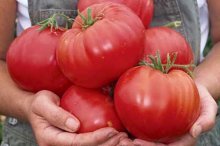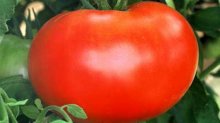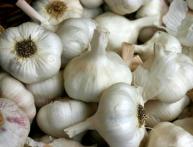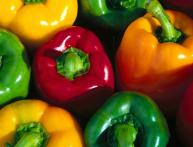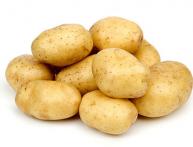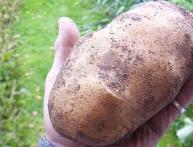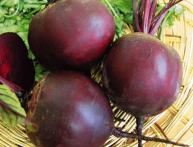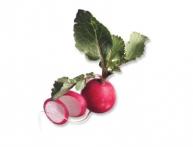The best tomato varieties for Siberia, description of tomato varieties for the Siberian region
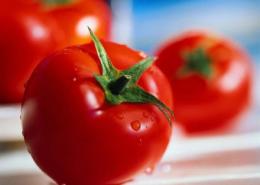
Siberia is perceived by most people as a harsh forest region with cold winters. This is partly true. However, starting just beyond the Urals and ending with the lands of the Far East, Siberia surpasses Canada in size, and yet this country occupies the largest area in the world after the Russian Federation. Therefore, on the territory of Siberia there are places quite favorable for crop growing, including for growing heat-loving crops, such as tomatoes. In addition, selection does not stand still; every year new, best varieties of tomatoes for Siberia appear.
Content:
- The best early, middle, late tomatoes for Siberia
- Description of the best varieties of tomatoes for Siberia
- Late varieties of tomatoes for Siberia
- Description of the best varieties of tomatoes for Siberia
The best early, middle, late tomatoes for Siberia
Tomato varieties for cultivation in Siberia must be resistant to weather conditions of a sharply continental climate. Plants must be adapted to sudden late frosts as well as to early autumn drops in temperature. In addition, tomato varieties must be adapted to hot summers and possible droughts. The best early varieties for Siberia include:
- Demidov
- Apples on snow
- Mashenka
- Friendly
- Gina
- Far North
All these and other early varieties and hybrids are distinguished by the fact that they ripen quite quickly.From the moment of germination to the appearance of ripe tomatoes, 90 - 100 days pass. Thus, if the seedlings were sown at the end of March and sprouted in the first half of April, then the first ripe tomatoes will appear in the second half of July. It is clear that the main purpose of early tomatoes is to eat them fresh.
The best medium varieties and hybrids of tomatoes for Siberia
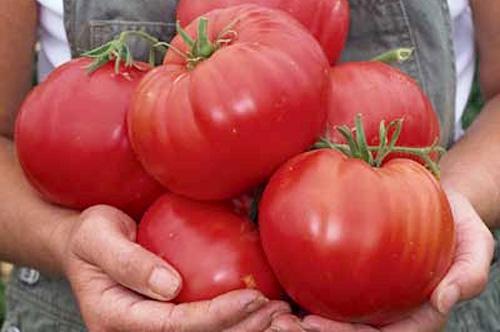
Those tomato varieties whose ripening begins after 100 - 120 days are classified as medium varieties. The best medium varieties of tomatoes for growing in Siberia are:
- Wonder of the earth
- Altai orange
- Persimmon
- Golden age
- Scarlet candles
It should be noted that it is for mid-season tomatoes that the main area of the plot allocated for tomatoes should be allocated. Medium varieties most often have a universal purpose; they are good both fresh and suitable for canning and processing into juice or paste.
Late varieties of tomatoes for Siberia
Taking into account the fact that the ripening of late varieties begins 4 months after emergence, that is, it takes at least 120 days for late tomatoes to ripen, the short Siberian summer may not be enough to get a harvest of such tomatoes in open ground. Still, we list some late varieties:
- Lezhky
- Giraffe
- Long - Keeper
- Finish
It happens that either late varieties do not have enough time to ripen, or gardeners do not have enough time and space for them. Yet these varieties have the right to grow in every garden. You should not allocate more than 5-10% of the plot for late tomatoes. It should be said that late varieties can withstand early frosts, but they can be removed from the bush unripe, they ripen well when stored, and remain fresh for up to 7 weeks.
Description of the best varieties of tomatoes for Siberia
Apples in the snow
The variety has limited shoot growth; they are rarely higher than 40 cm. The variety is early. Growing through seedlings is recommended. Sowing seeds for seedlings is carried out from mid to late March. It is optimal to plant in open ground in early June, between the 5th and 10th. Ripening begins in mid-July. Fruit variety gives quite amicably.
Video about the best varieties of tomatoes for growing in Siberia:
After fruiting ends at the end of July, you can remove the tops from the garden. The fruits are not particularly large in size, usually more than 60 - 70 grams, but all are uniform in shape and size. The color is bright red, there is no green spot near the stalk. The skin is thin, the taste is good. It is worth noting that the variety can be sown in open ground at the end of May. Then the fruits ripen on time, like mid-ripening varieties.
Wonder of the earth
A medium variety of Siberian selection, which is rightly called the Miracle of the Earth. The size of these tomatoes can easily exceed 1,000 g. The average weight of the fruit is 500 g. The color is pink, the shape is slightly elongated. The taste is excellent. The bushes are powerful, with unlimited growth, easily reaching 2 meters. The variety needs gartering and regular removal of stepsons.
It is necessary to provide for the installation of trellises in advance to secure the shoots. Sowing of seedlings should be done 50 - 60 days before planting in the ground. If tomatoes are planted in the garden on July 10-12, then seedlings will be sown in early April. Features of cultivation include the introduction of mineral and organic fertilizers during the period of growth, flowering, and fruiting. Grow better in 1-2 barrels. Salad variety, suitable for processing into juice, tomato paste, ketchup.
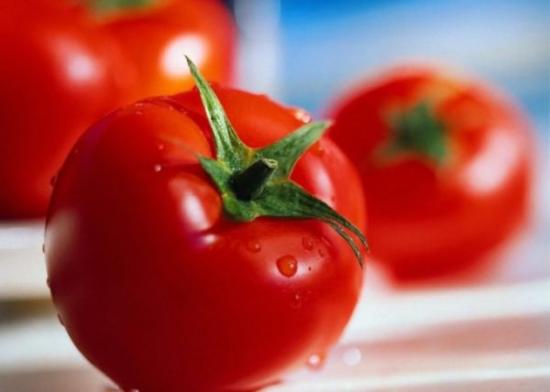
Long - Keeper
This is a late variety and is distinguished by the fact that when ripe, only tomatoes from the lower tier of branches can be removed. The rest are picked unripe; it is best to have time to harvest tomatoes of this variety at the stage of milk ripeness. This must be done together with the stalk. Only store whole, undamaged fruits. Clean boxes are suitable for storage and ripening.
The bottom of the box is covered with clean paper. Each layer is also covered with a paper sheet. The room should not only be dry, but also well ventilated. According to the stated characteristics, the fruits of the Long Keeper variety can be stored all winter. According to reviews from gardeners, they last until the first days of December without any problems.
If the fruits begin to rot, it is recommended to remove them from the boxes and immerse them in warm, + 55 - + 60 degrees, water for one minute. Hold for no more than a minute. Wipe dry and return to the drawer, replacing the paper with clean paper.
The bushes are 100 cm high, sometimes growing slightly higher. It needs to be tied to posts or trellis. The average fruit size is 100 - 120 grams, individual specimens can weigh up to 250 grams. The color is milky white. At the stage of full ripeness - orange.
Because for food tomatoes Long-Keeper is used at a time when there are no more tomatoes from open ground, they come in very handy. In conclusion, I would like to say that in order for tomatoes to live up to expectations, their seeds must be purchased from trusted sellers and from manufacturers with a good reputation.

